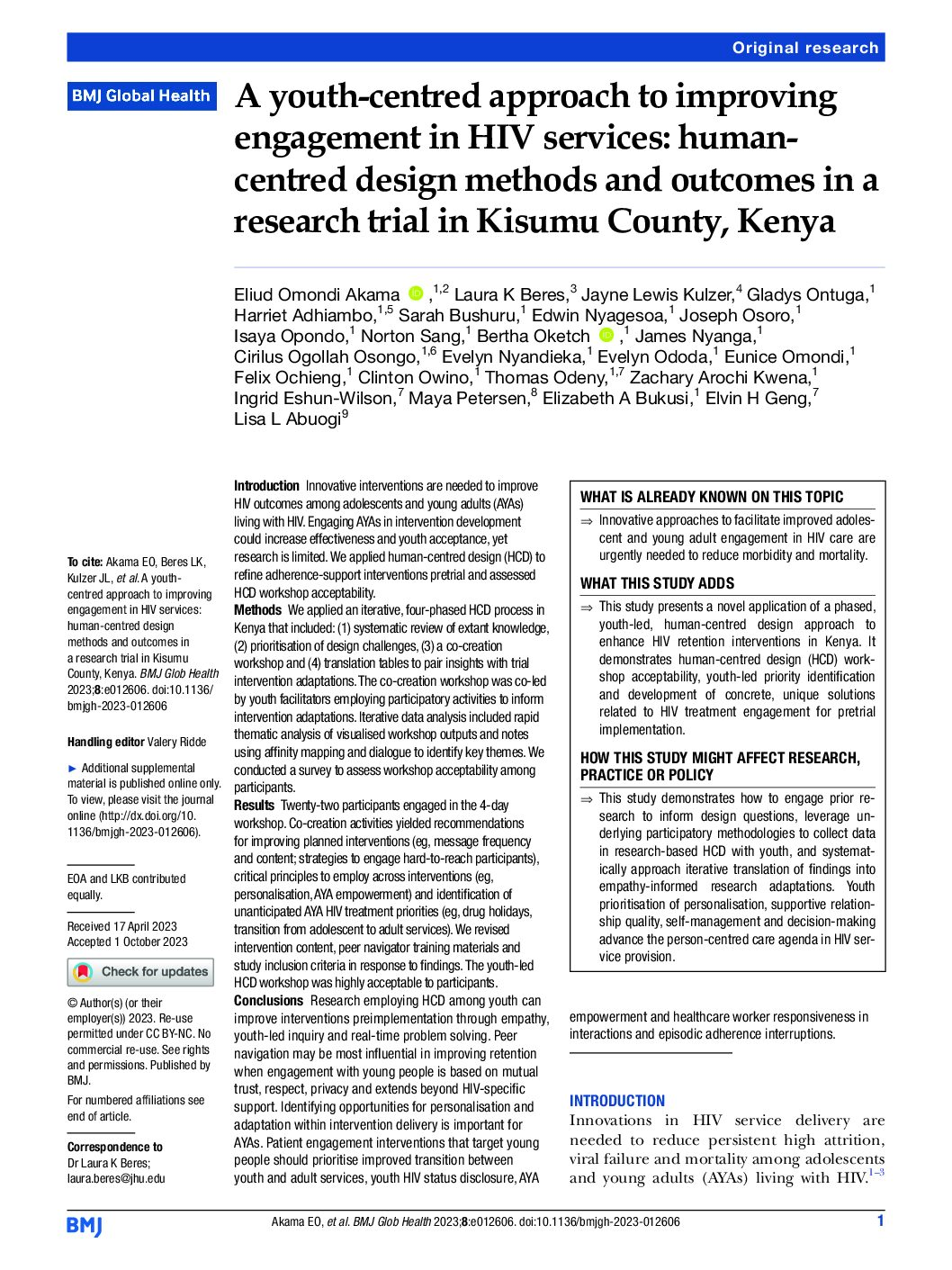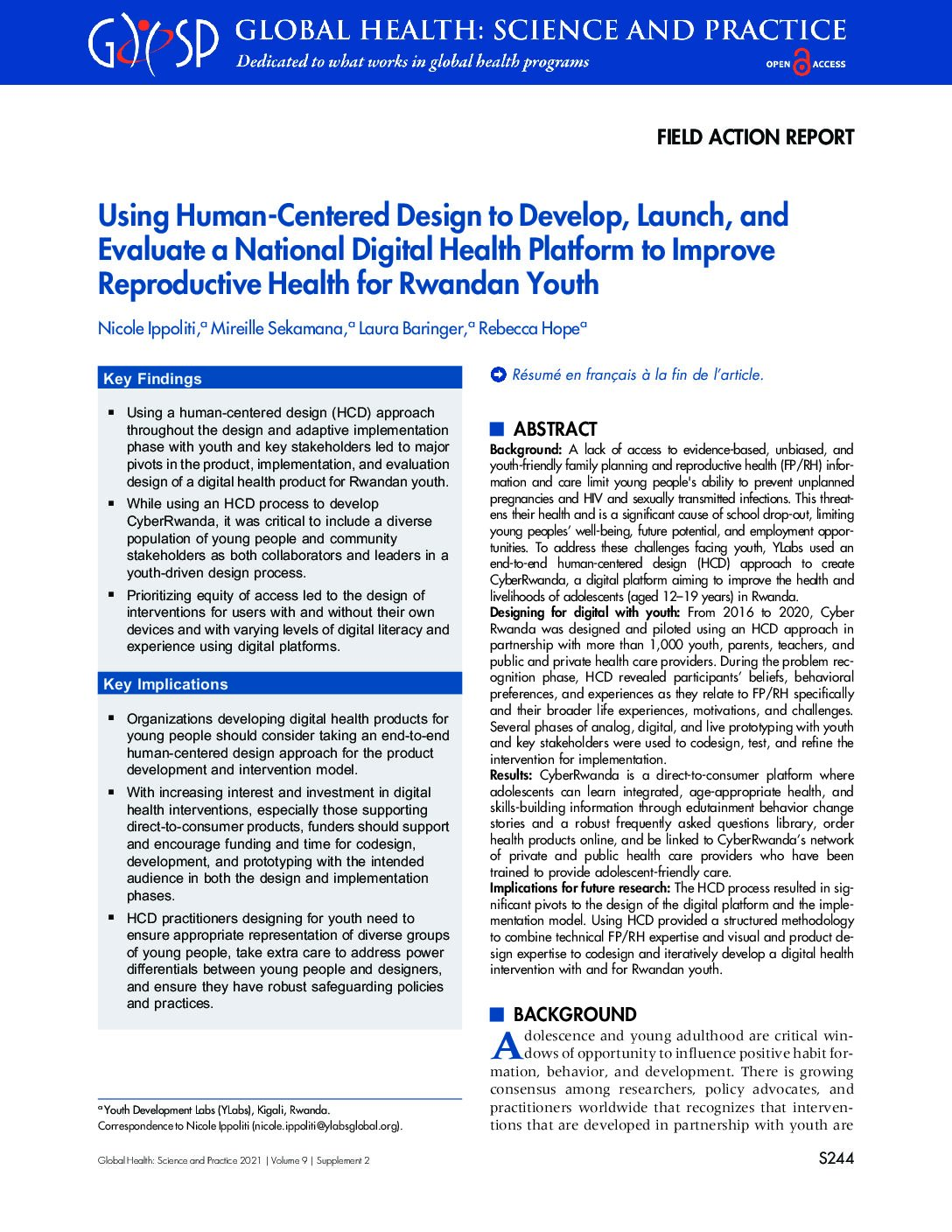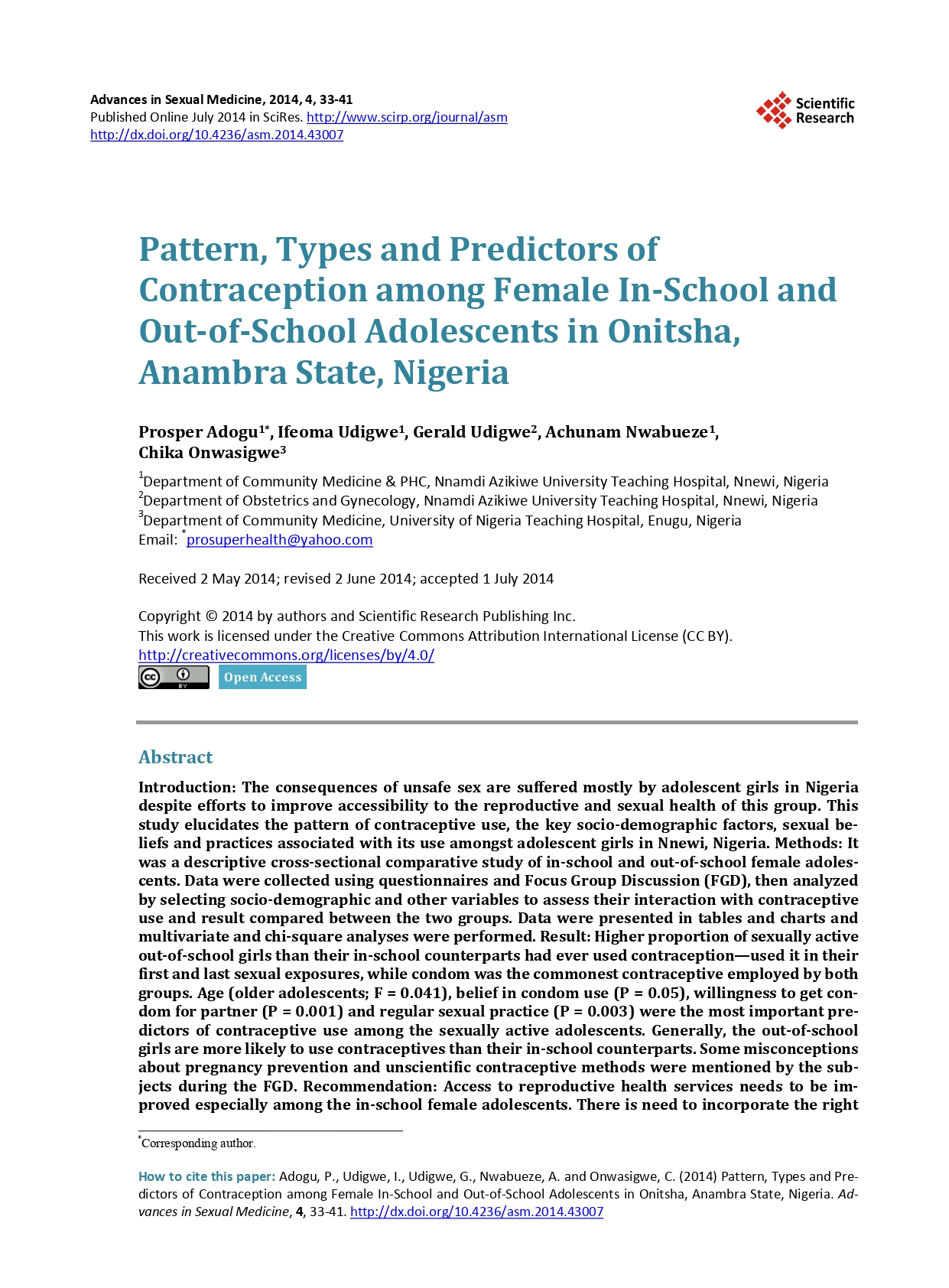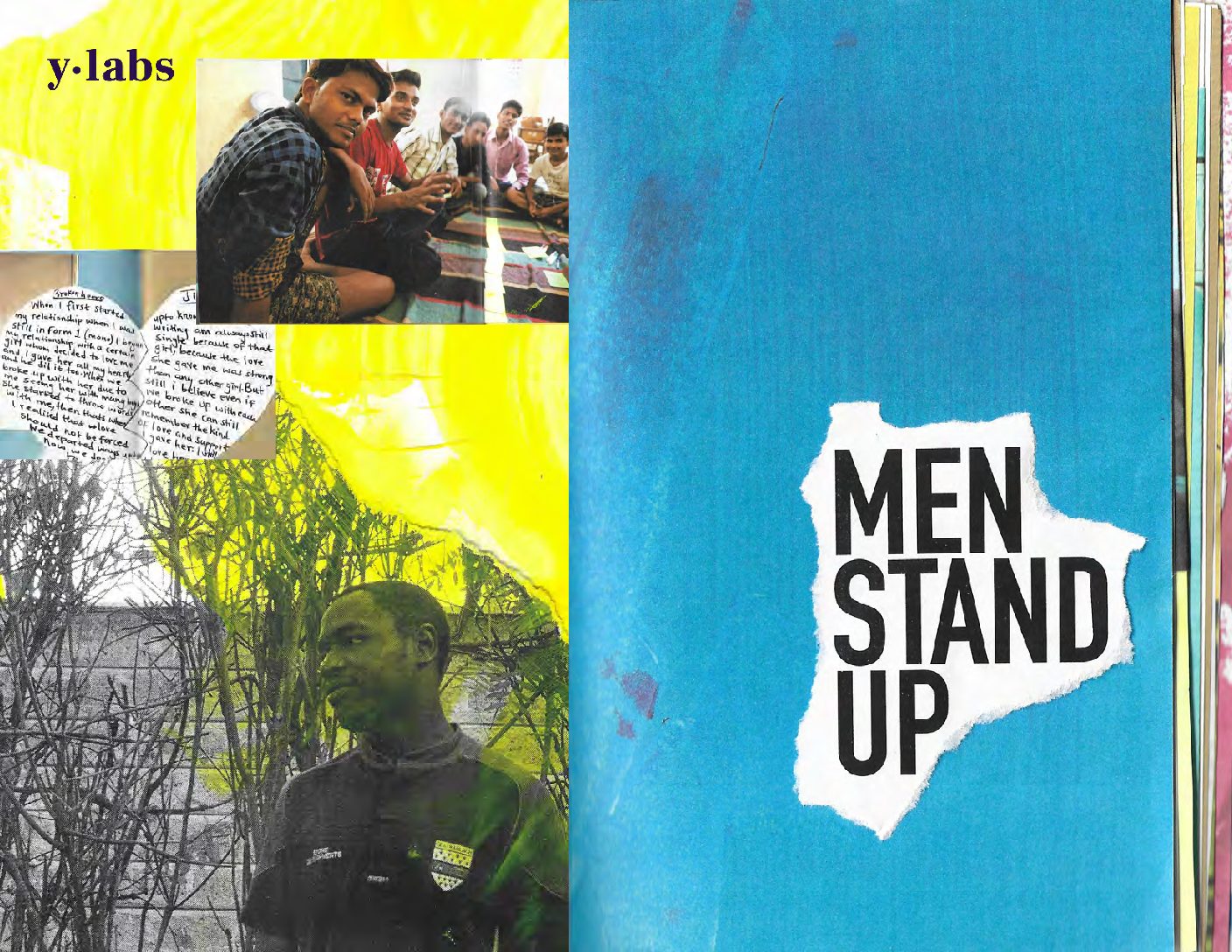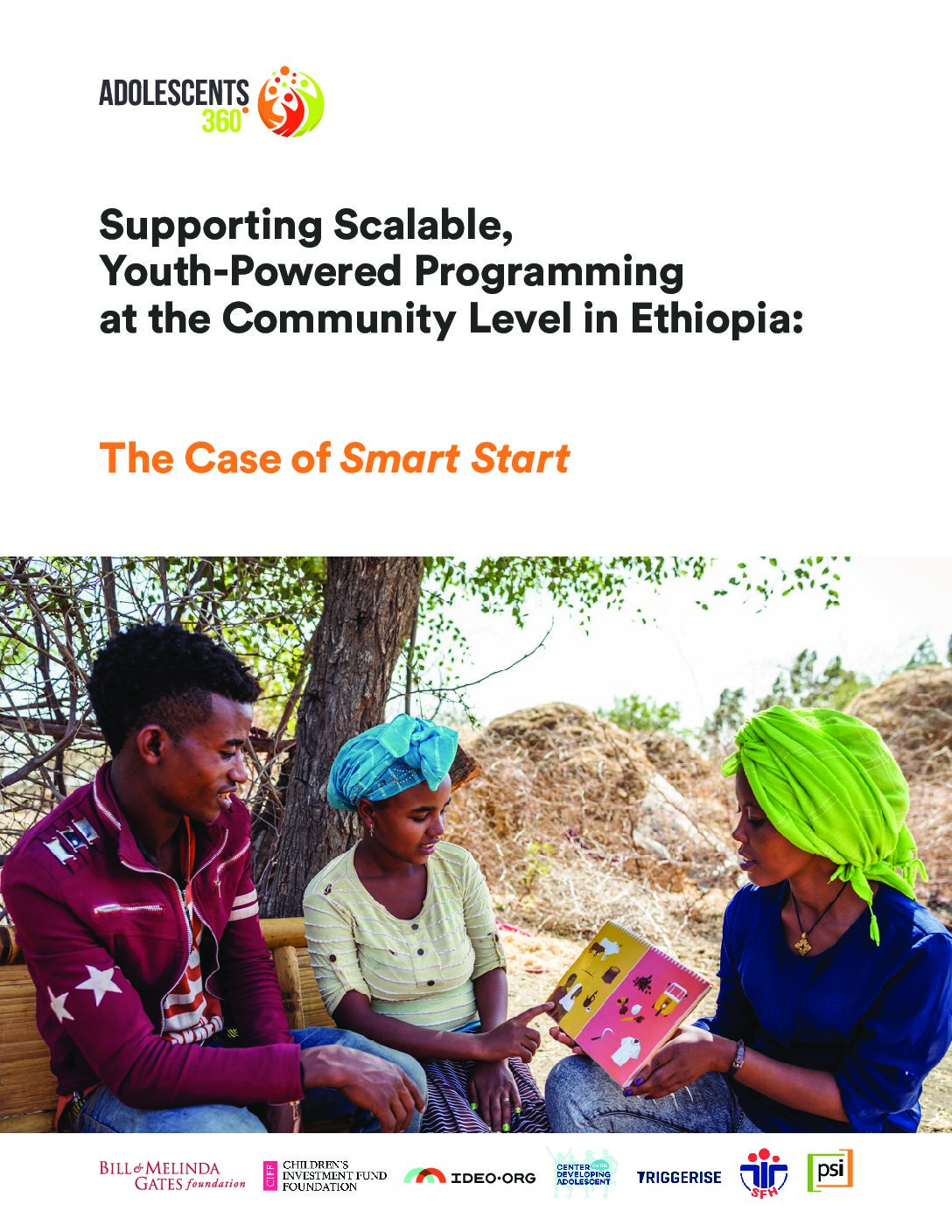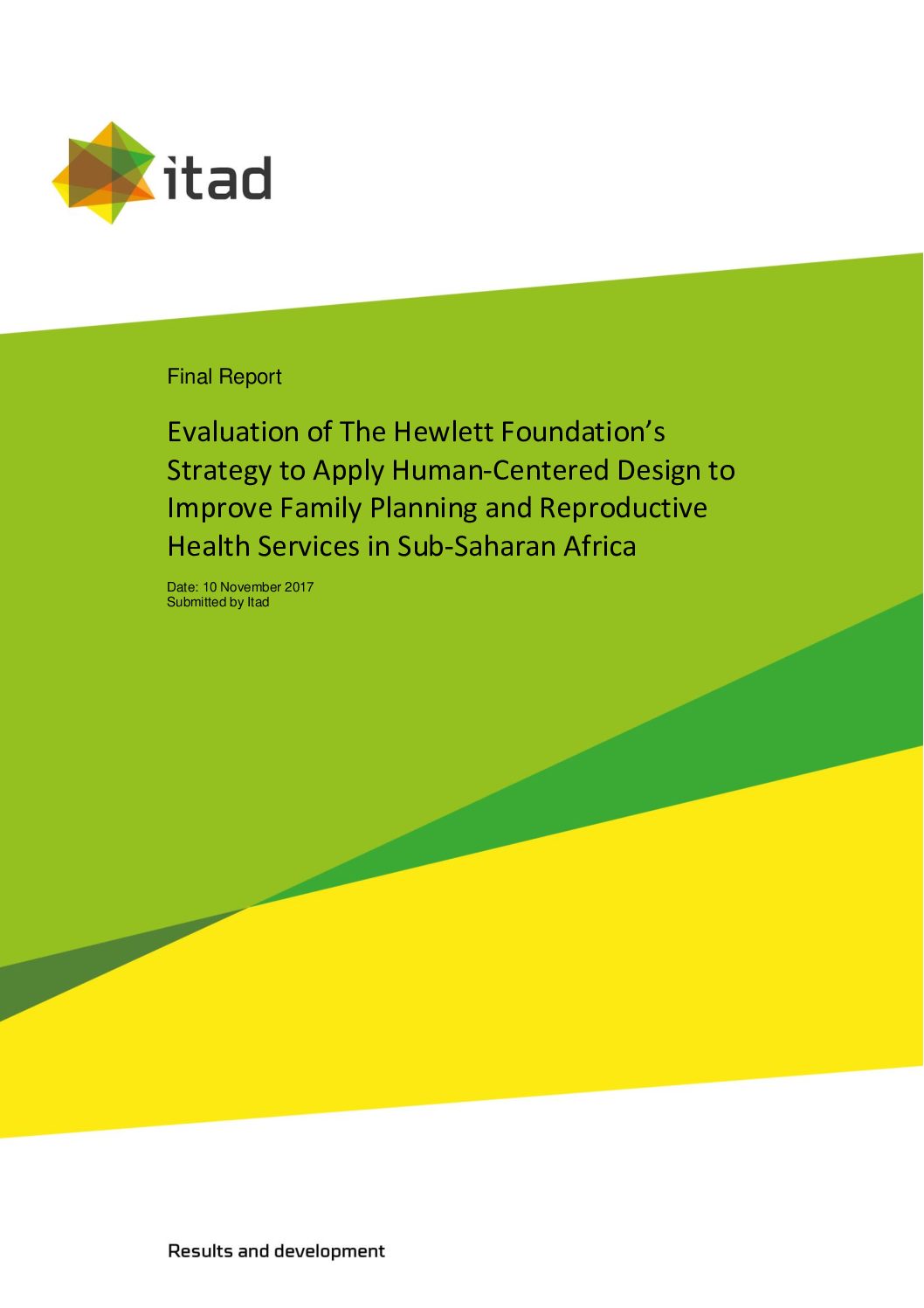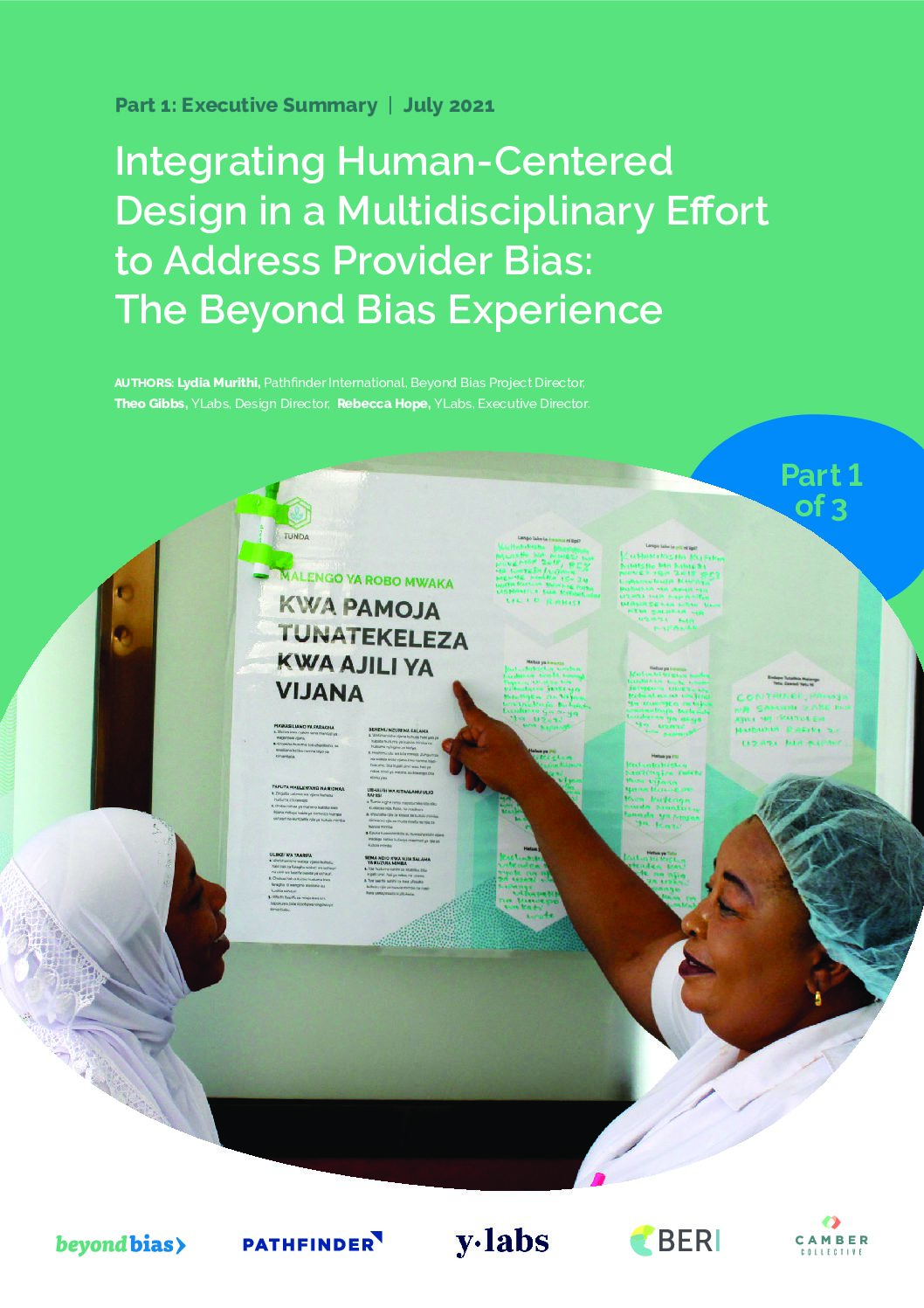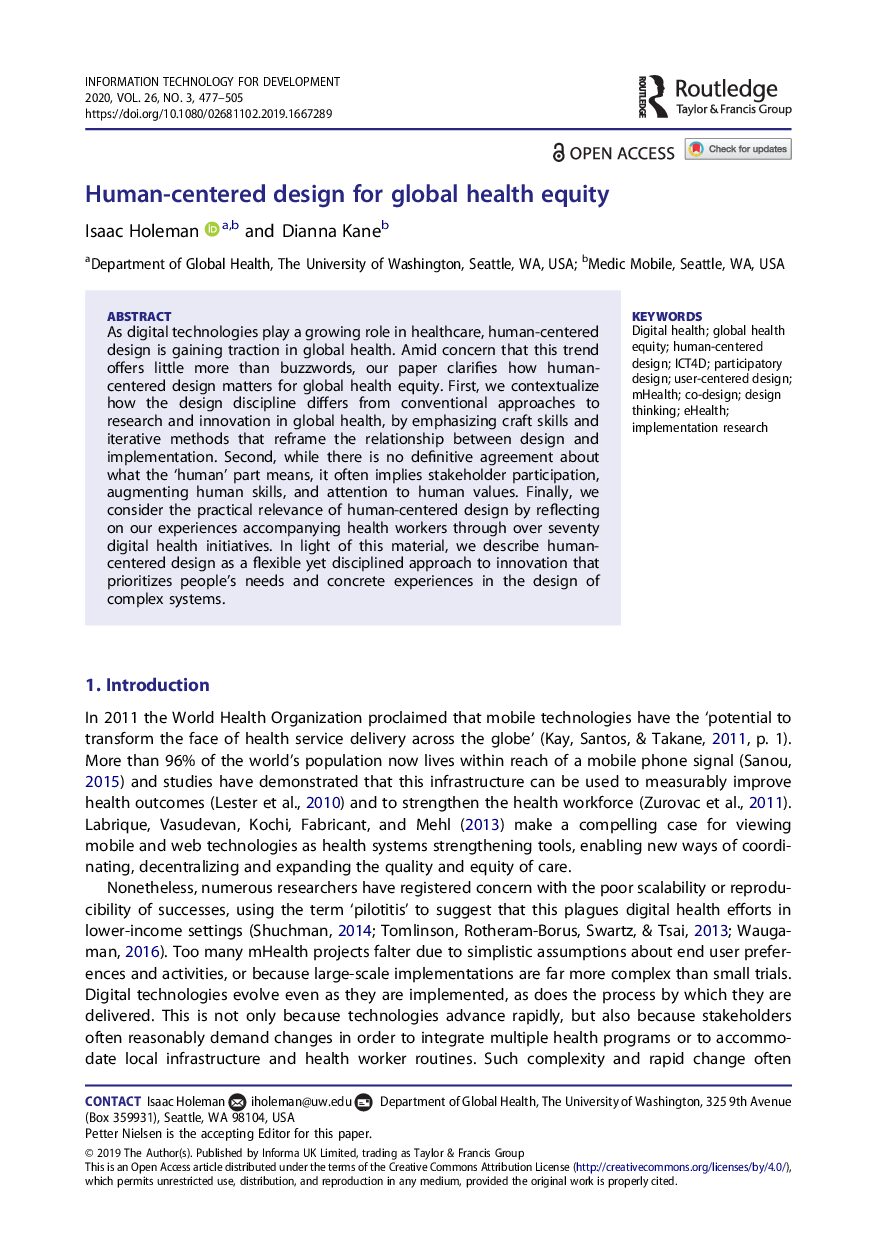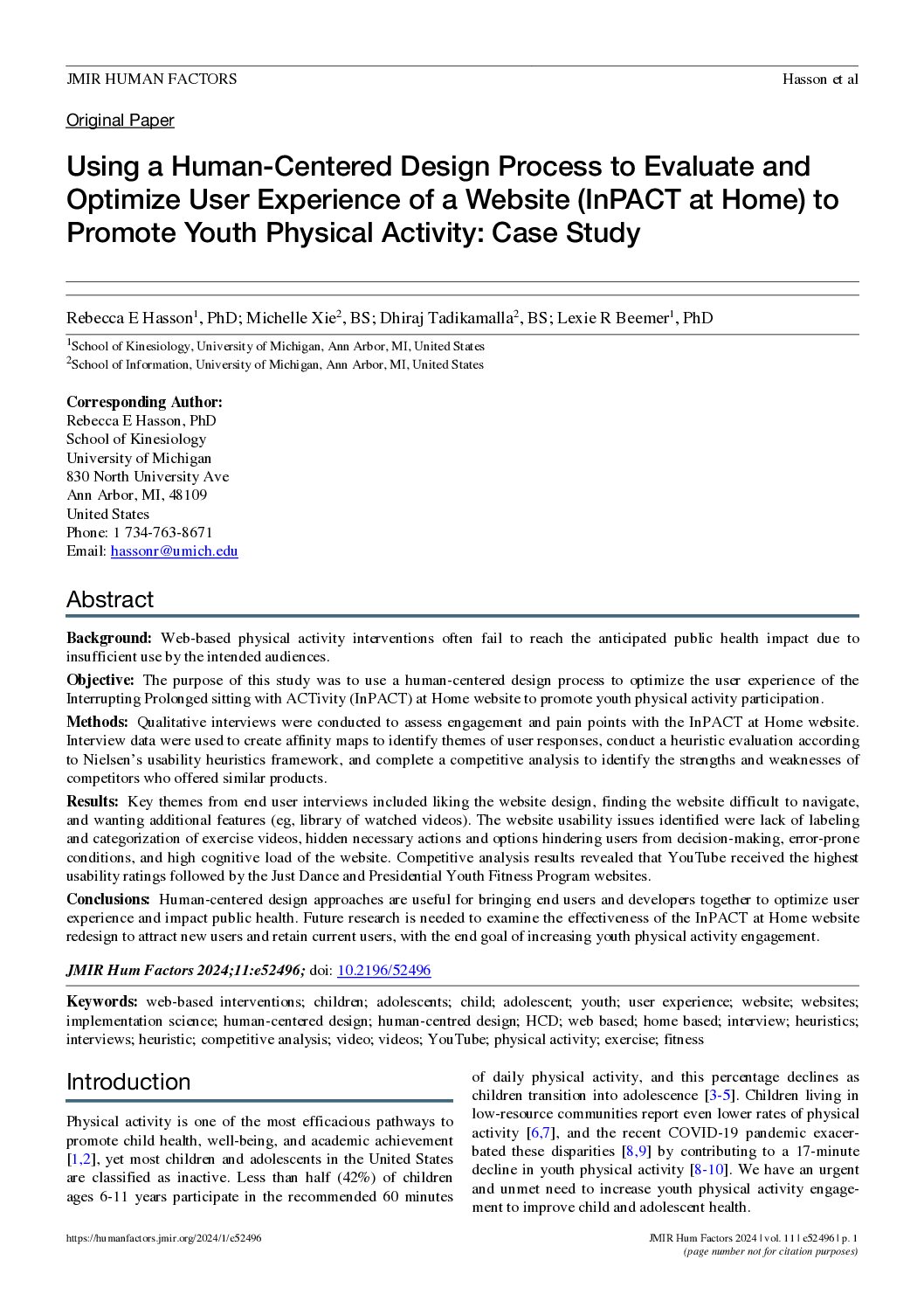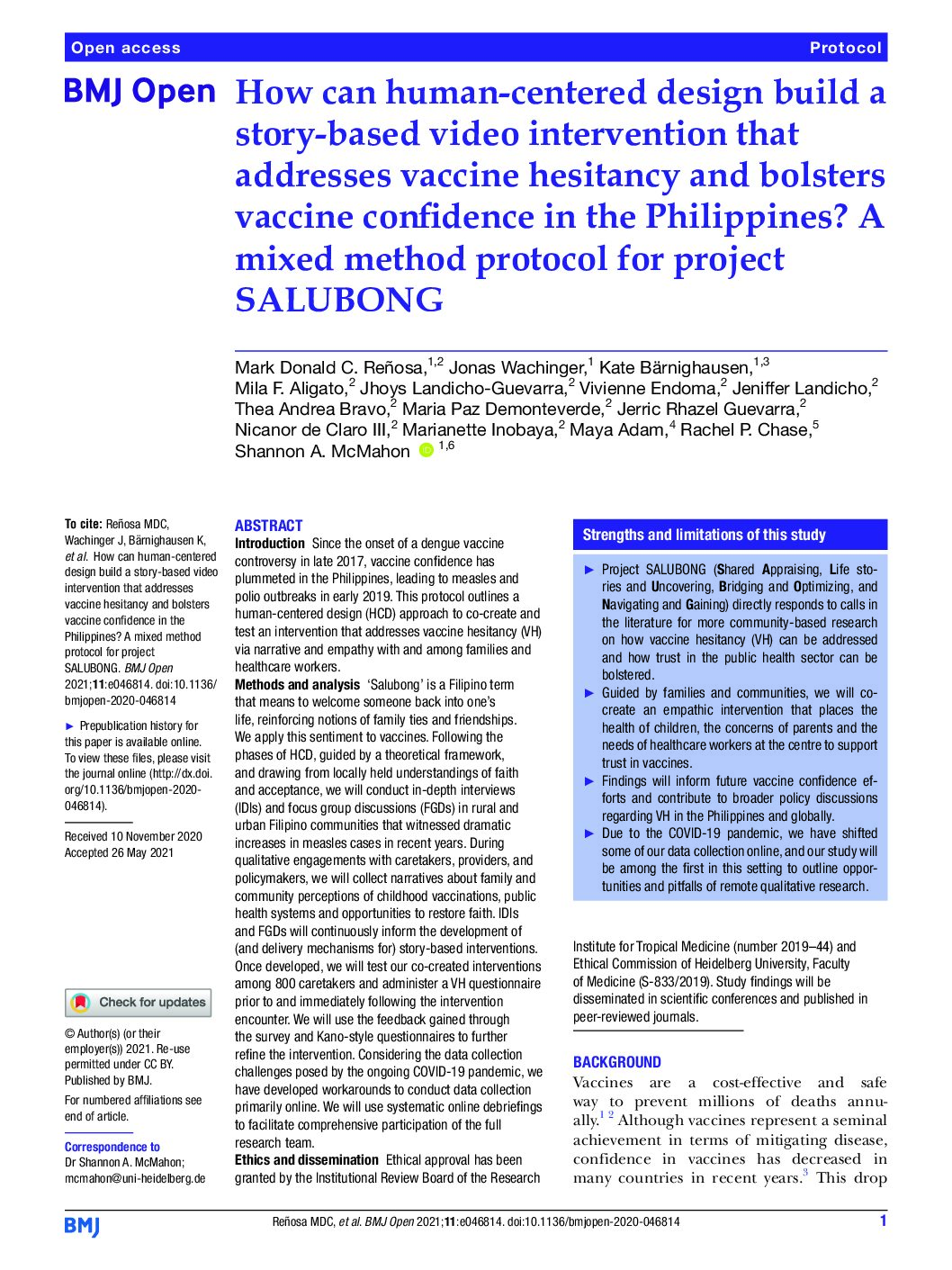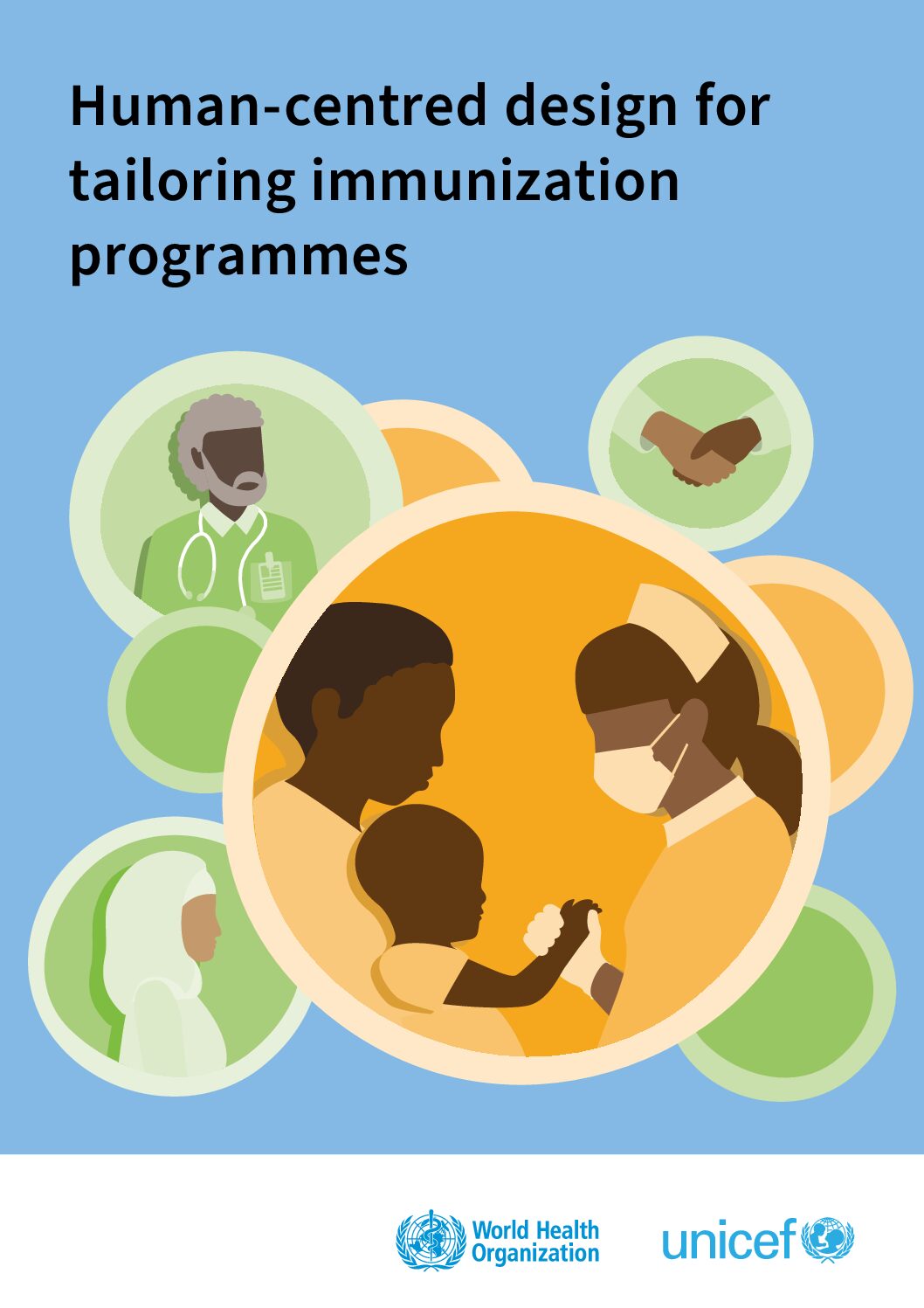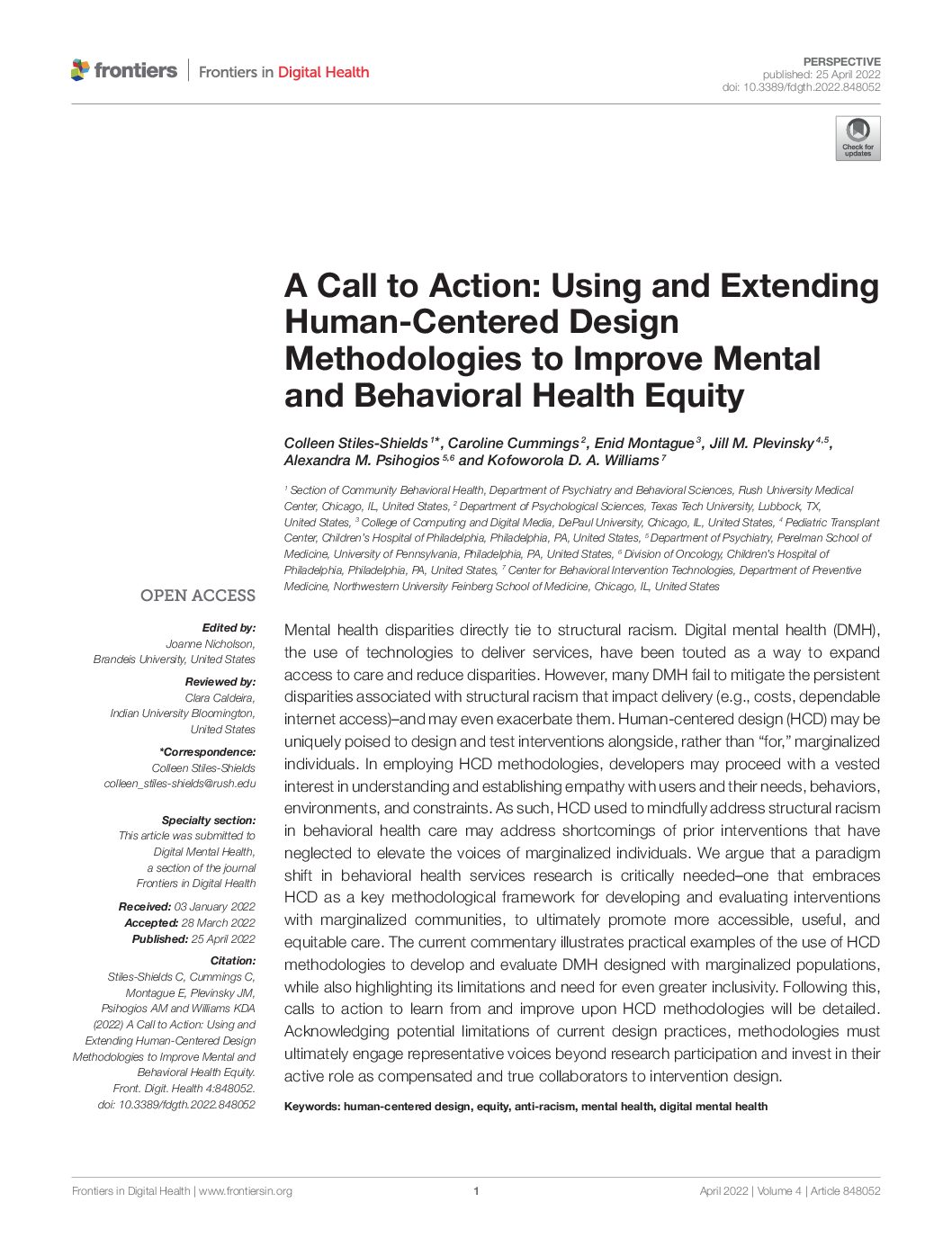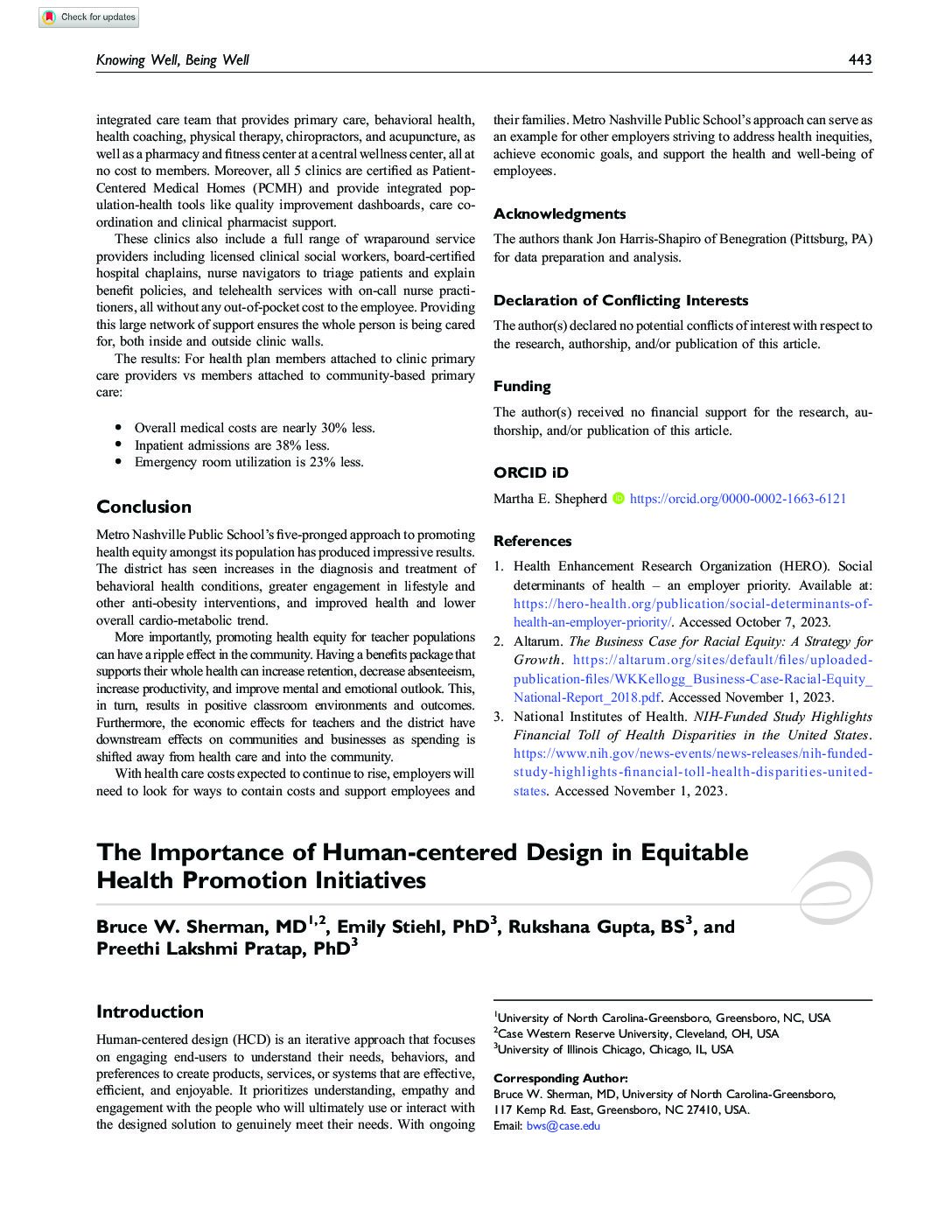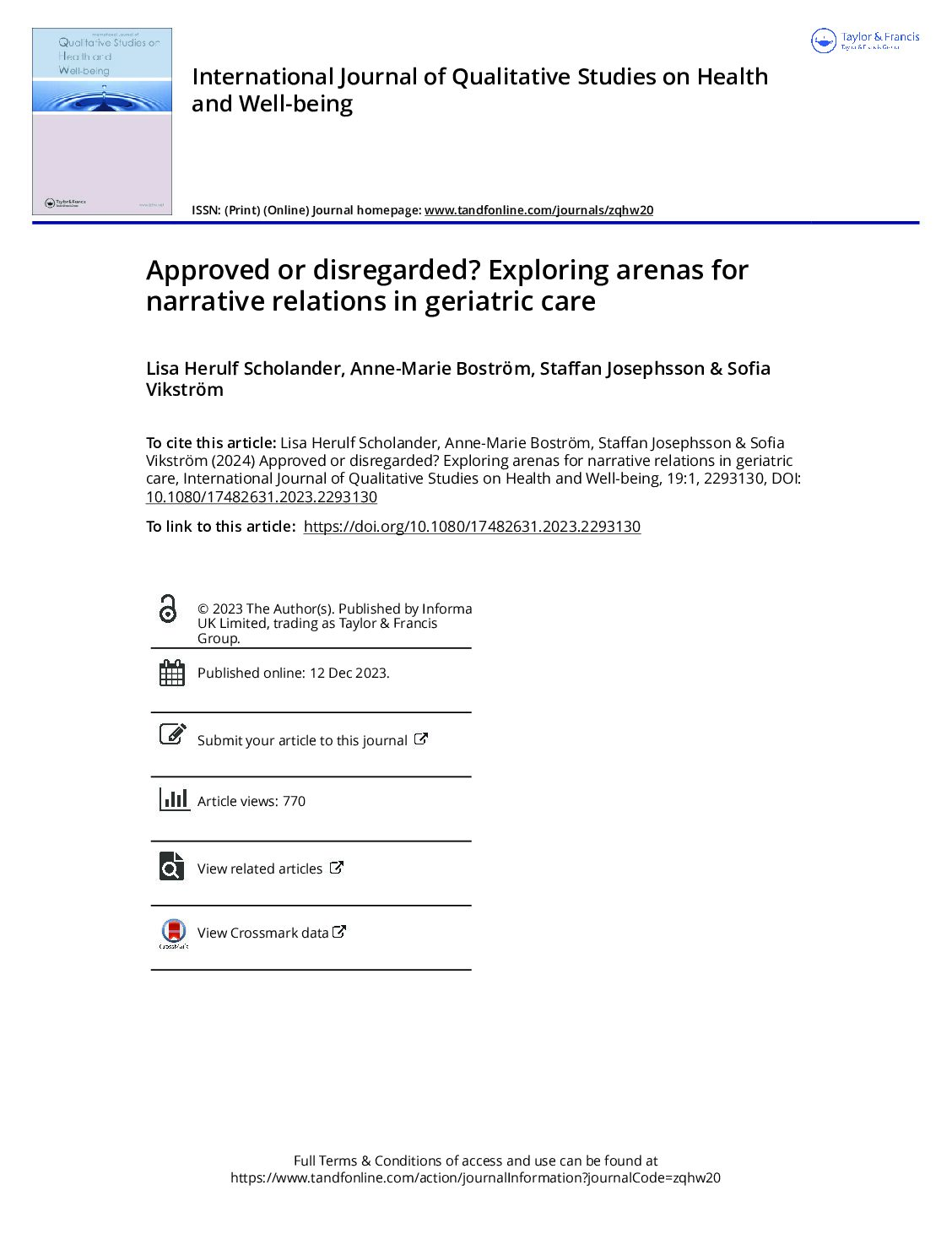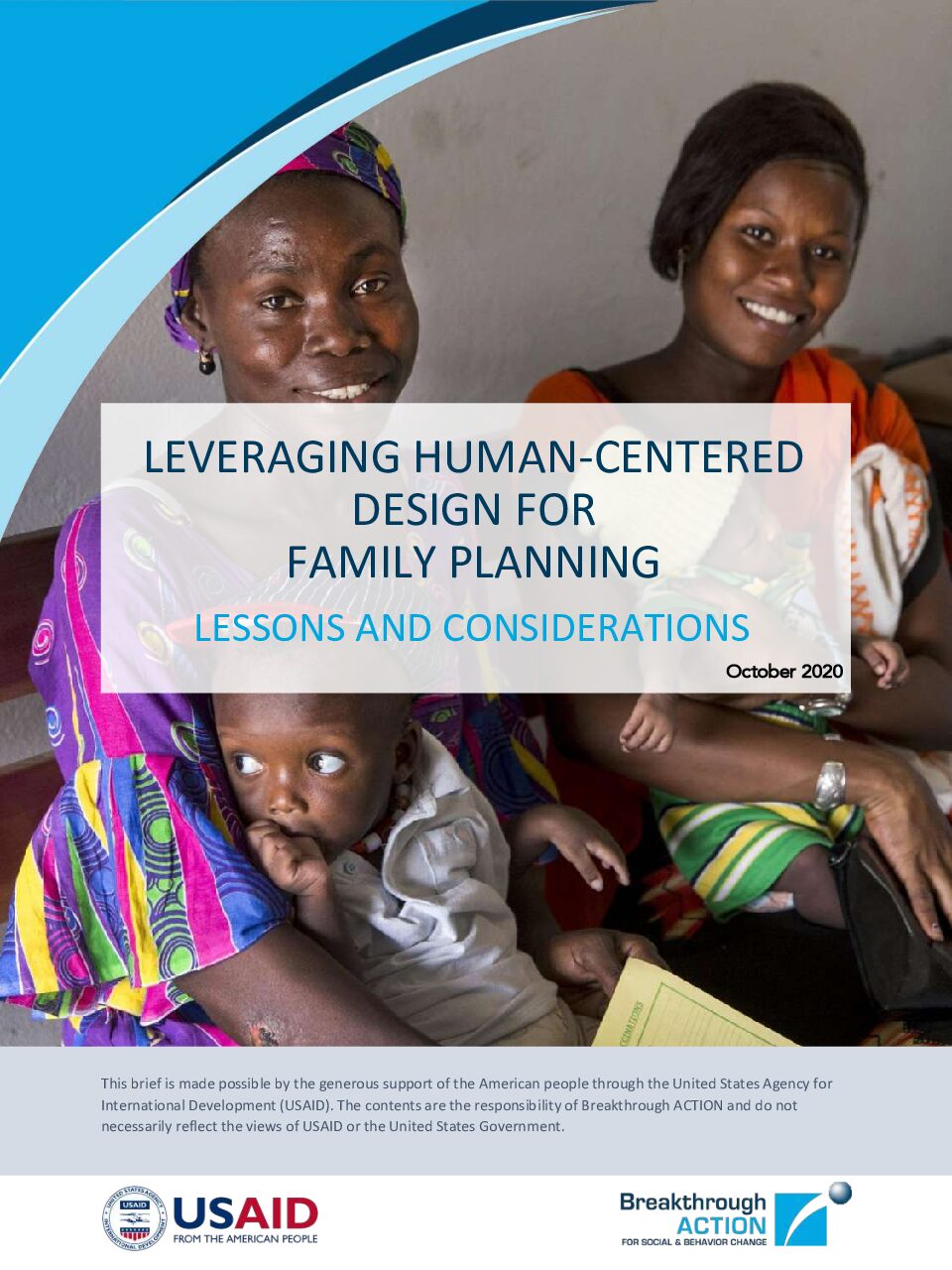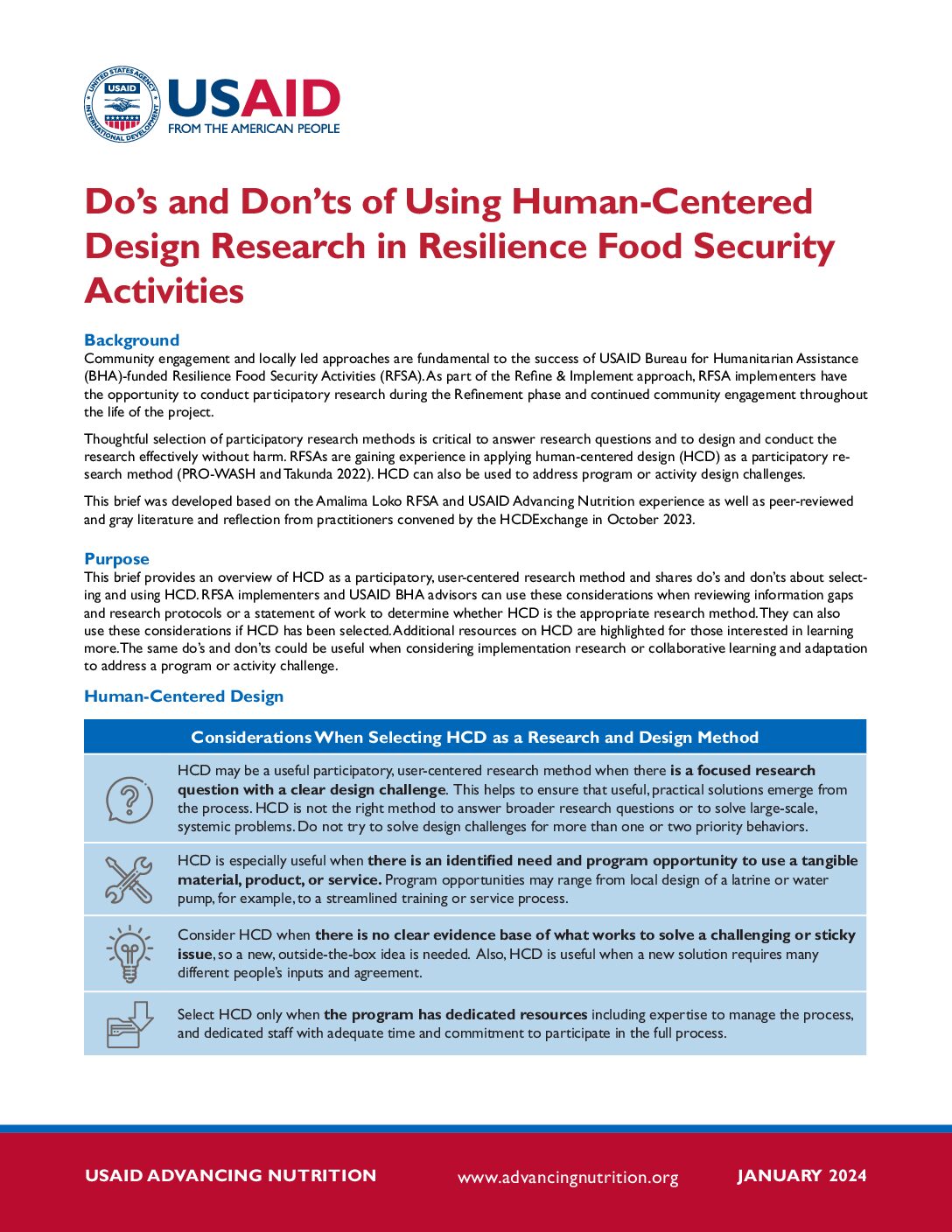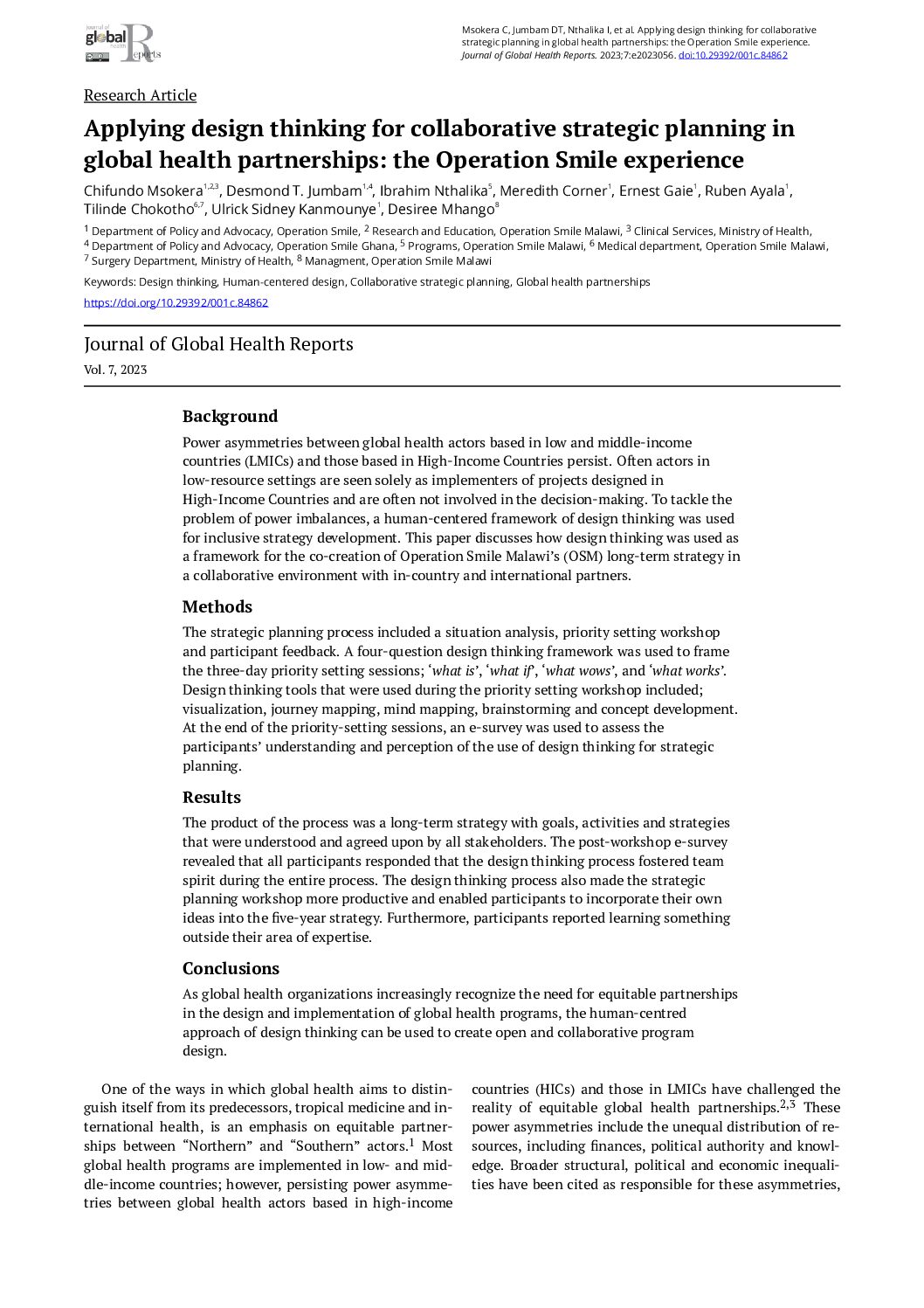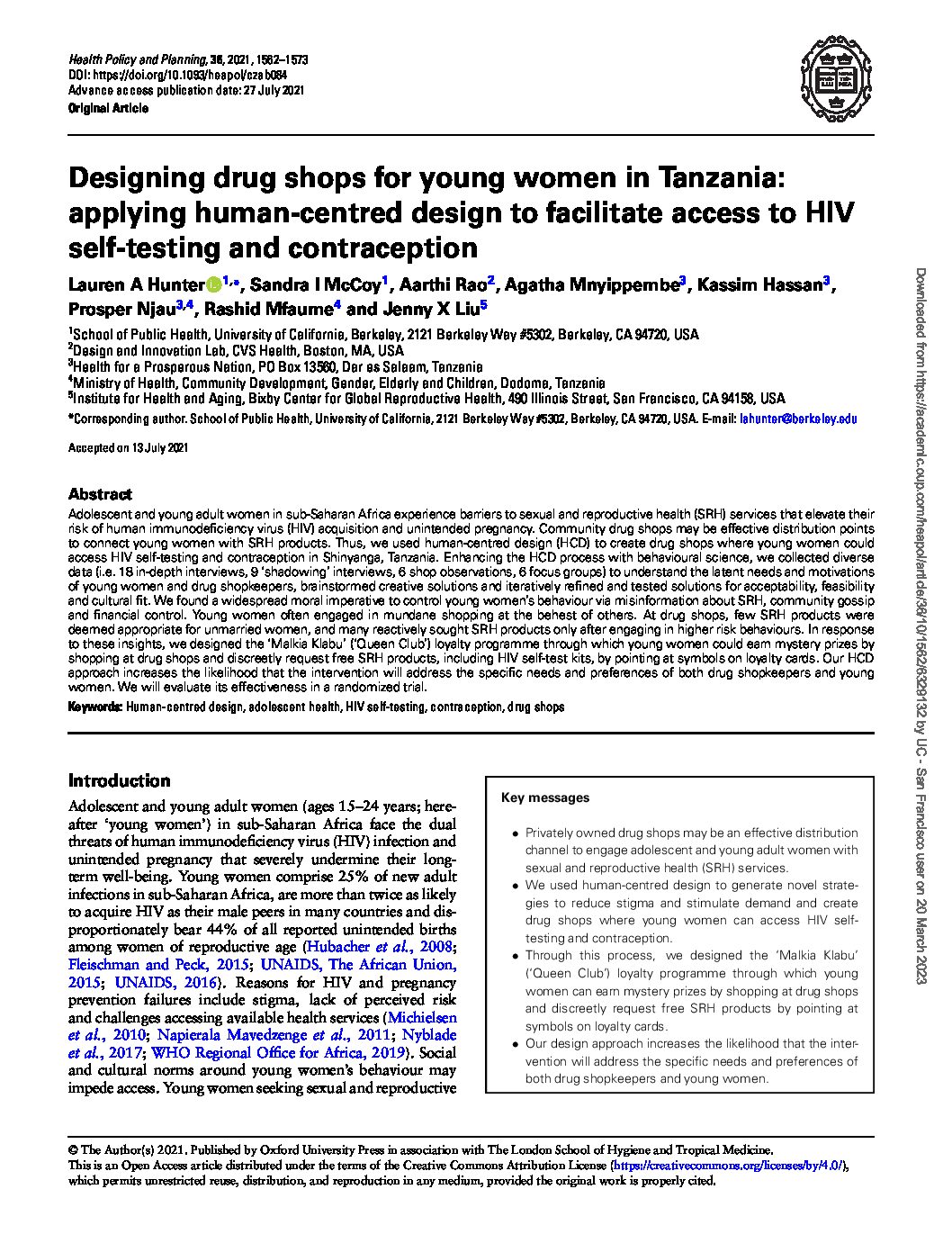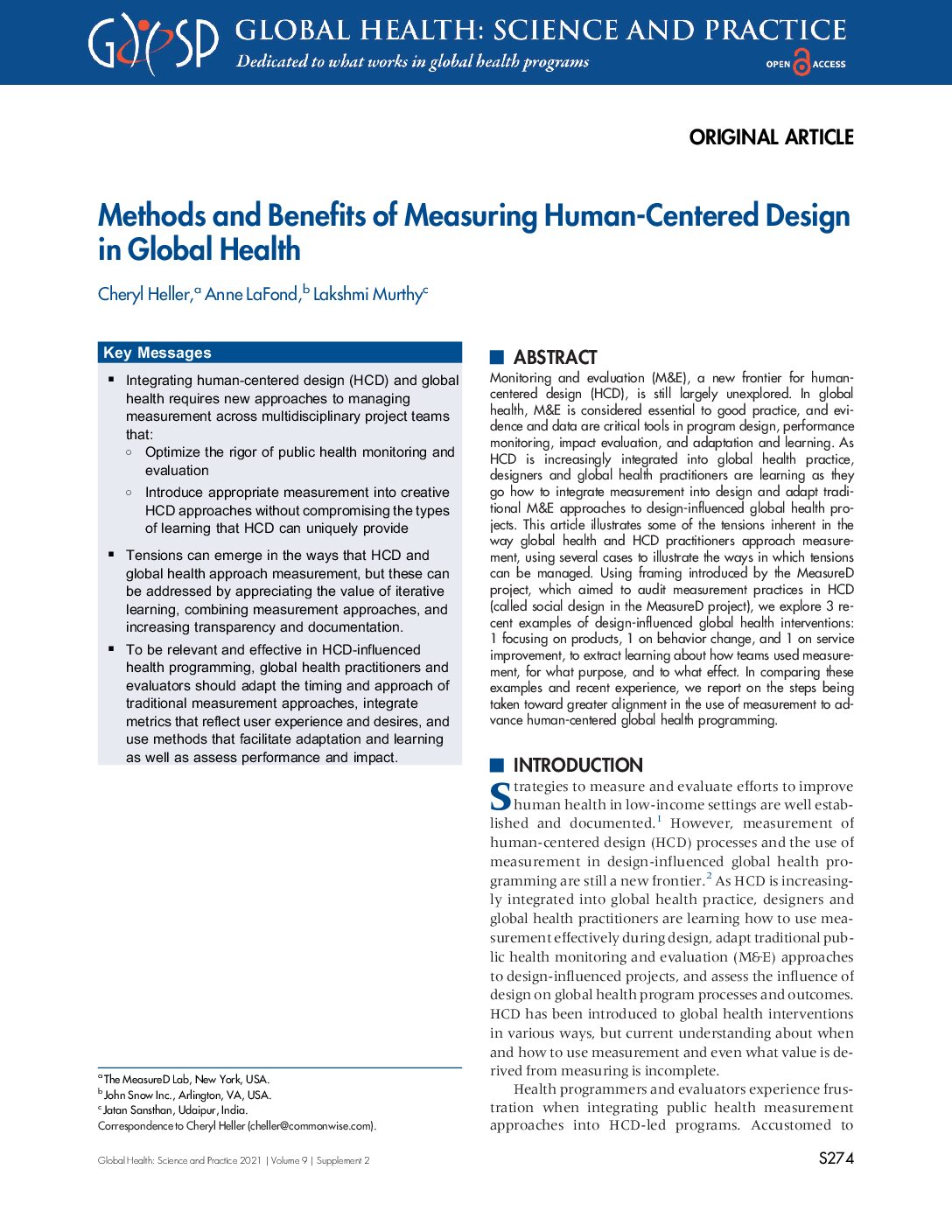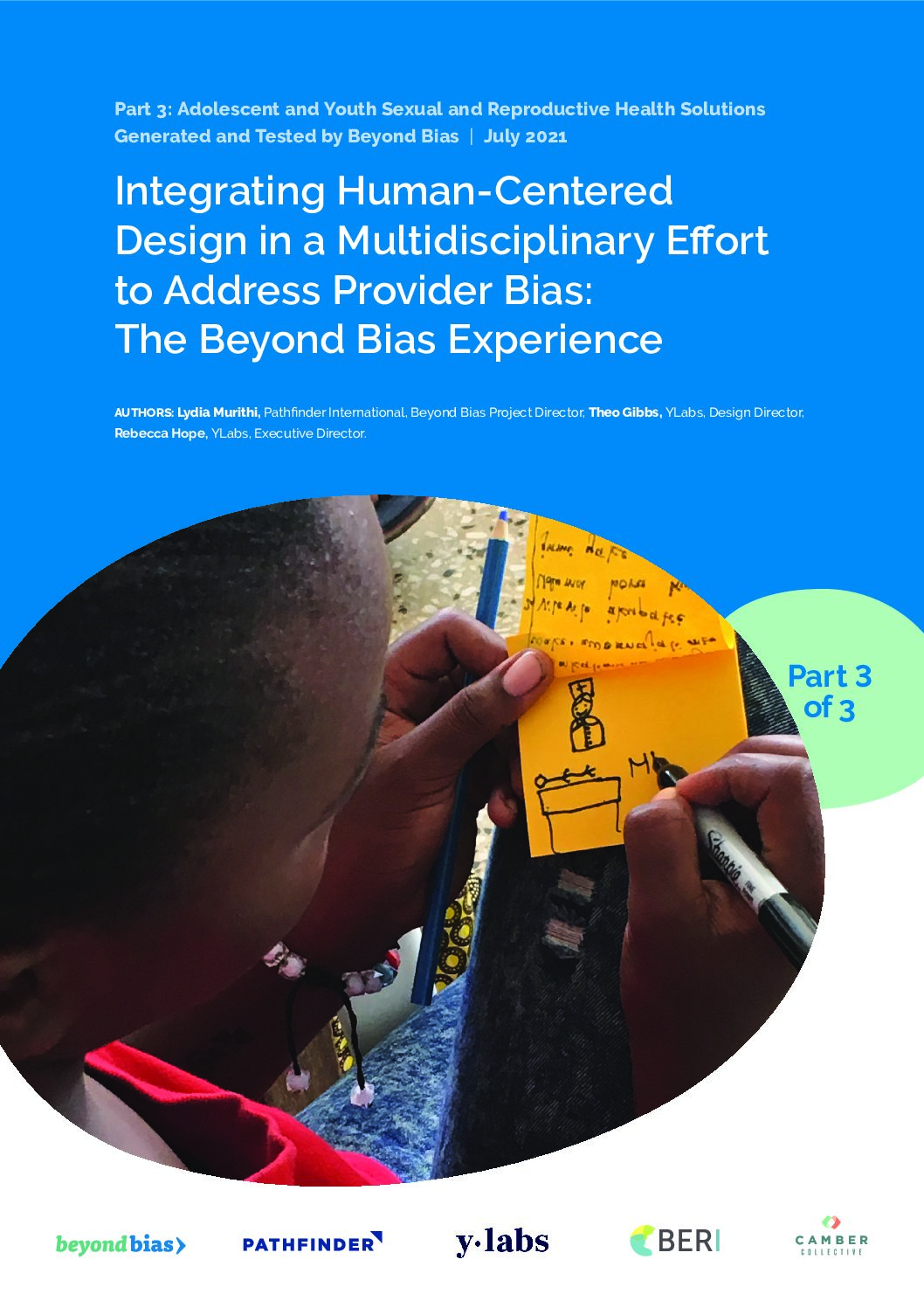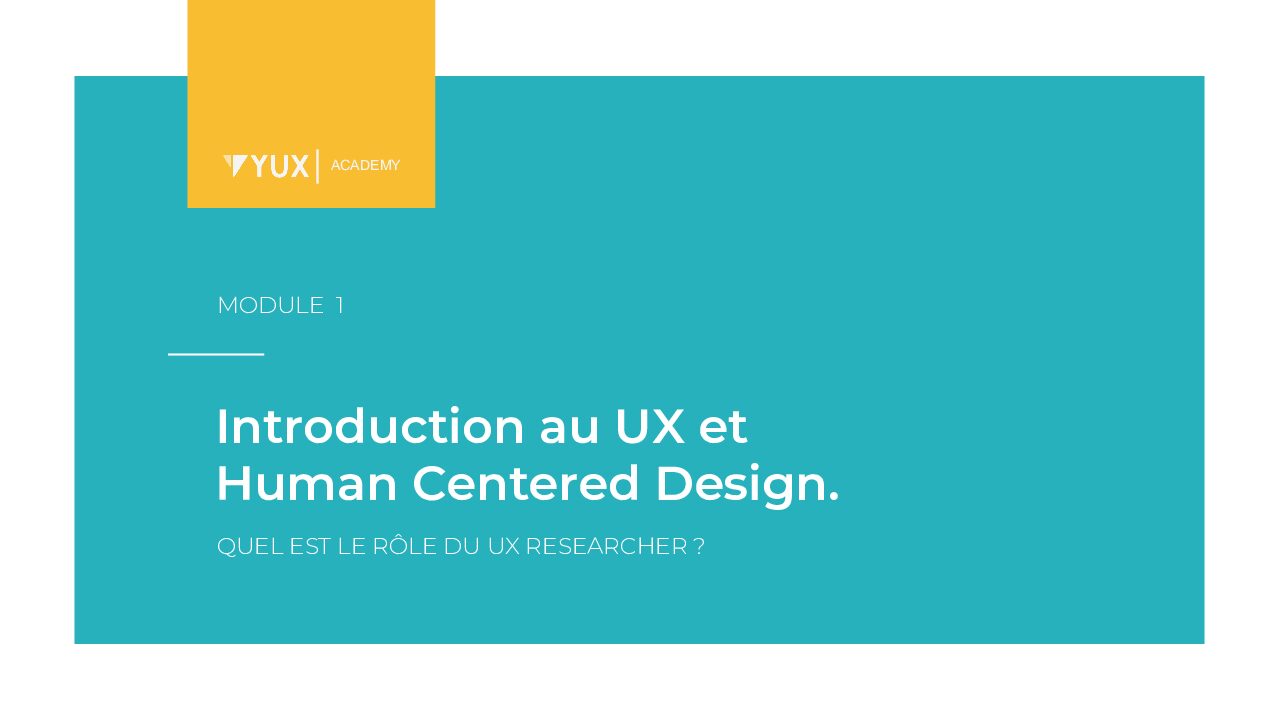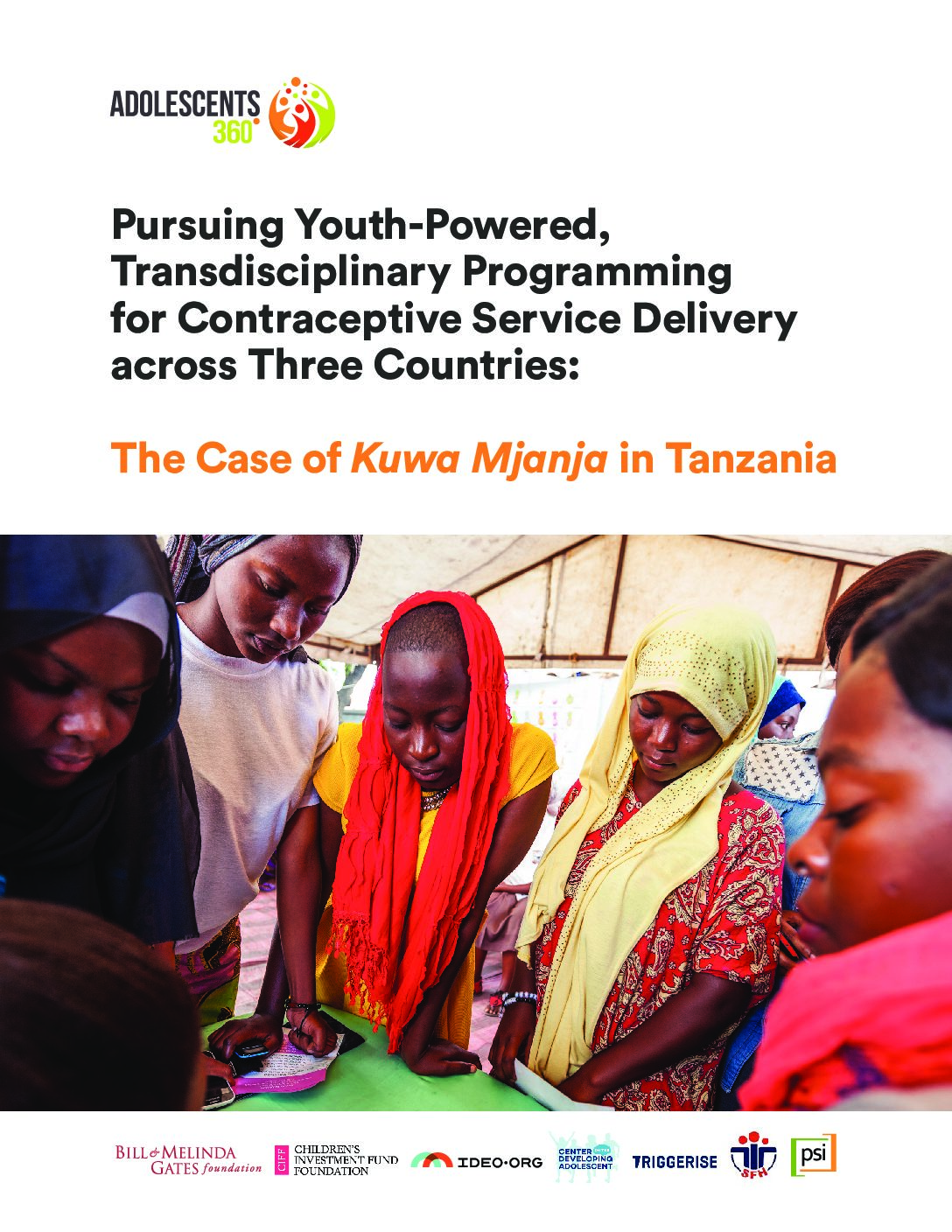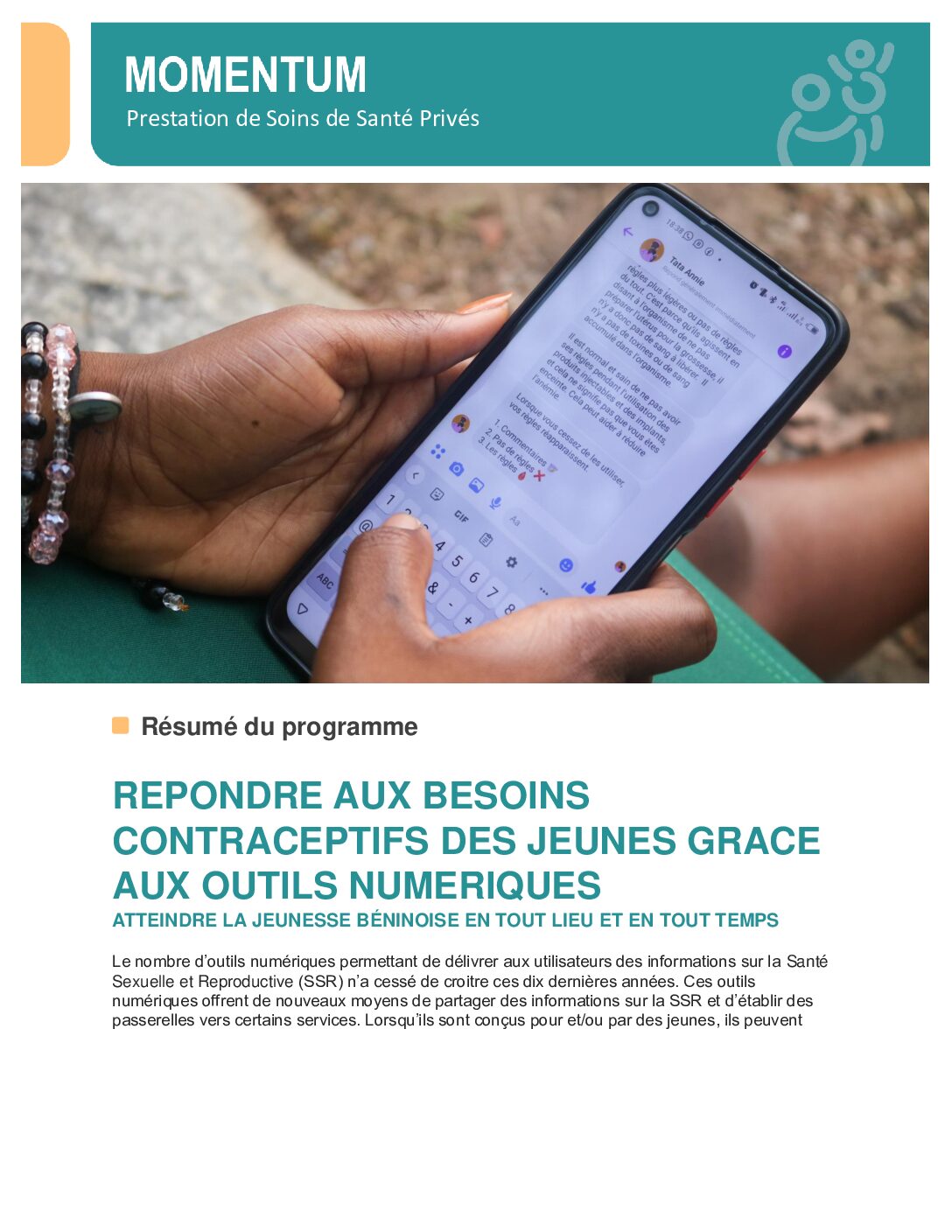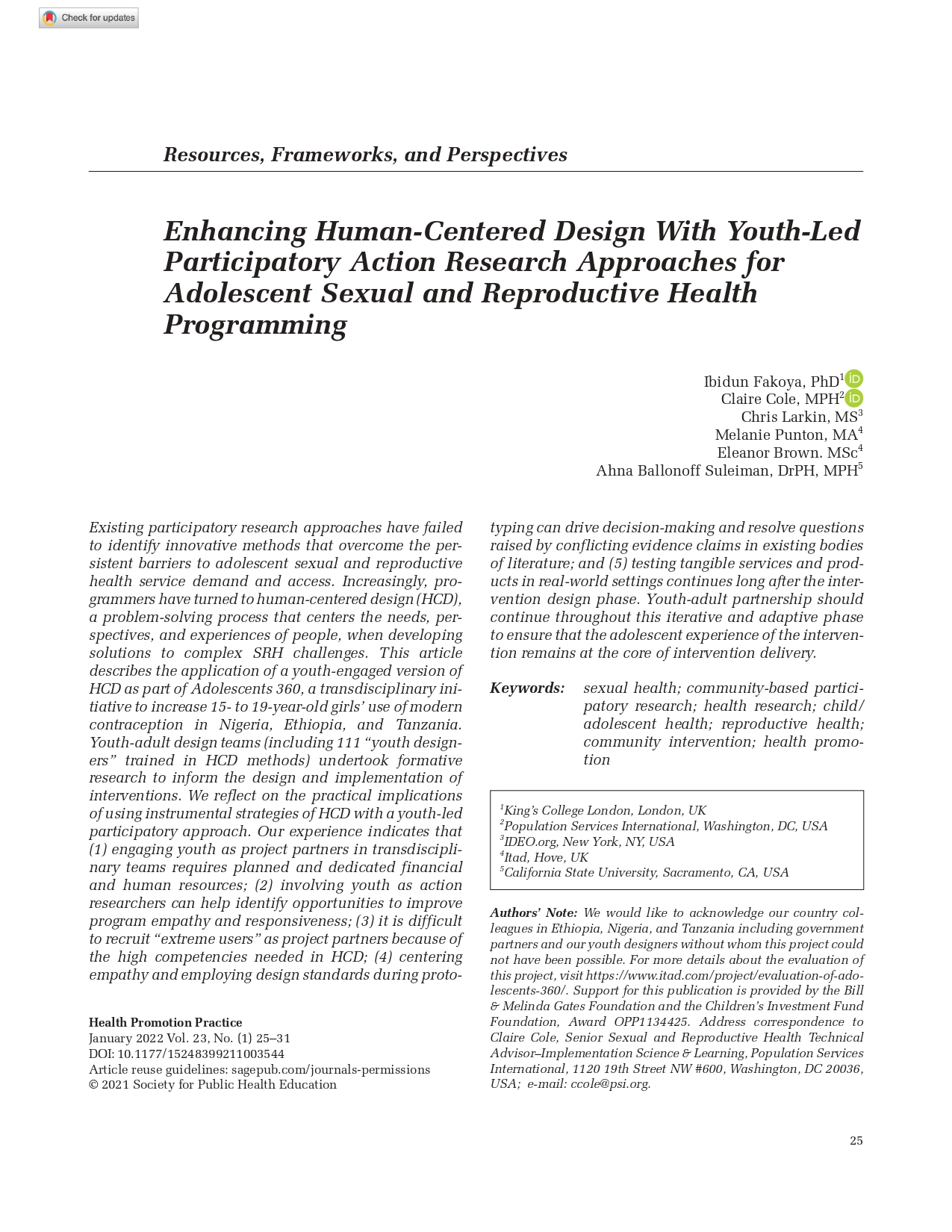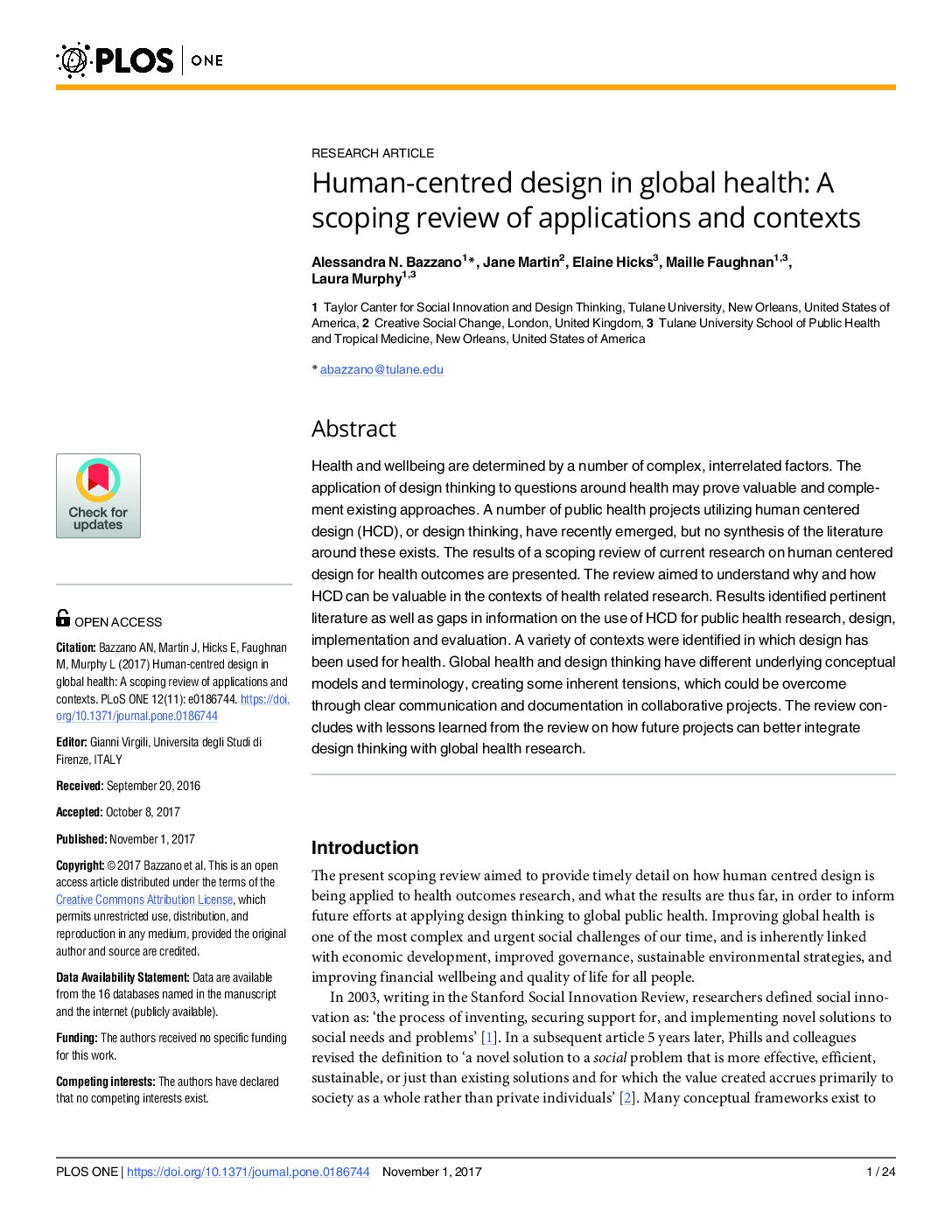Existing participatory research approaches have failed to identify innovative methods that overcome the persistent barriers to adolescent sexual and reproductive health service demand and access. Increasingly, programmers have turned to human-centered design (HCD), a problem-solving process that centers the needs, perspectives, and experiences of people, when developing solutions to complex SRH challenges. This article describes the application of a youth-engaged version of HCD as part of Adolescents 360, a transdisciplinary initiative to increase 15- to 19-year-old girls’ use of modern contraception in Nigeria, Ethiopia, and Tanzania. Youth-adult design teams (including 111 “youth designers” trained in HCD methods) undertook formative research to inform the design and implementation of interventions. We reflect on the practical implications of using instrumental strategies of HCD with a youth-led participatory approach. Our experience indicates that (1) engaging youth as project partners in transdisciplinary teams requires planned and dedicated financial and human resources; (2) involving youth as action researchers can help identify opportunities to improve program empathy and responsiveness; (3) it is difficult to recruit “extreme users” as project partners because of the high competencies needed in HCD; (4) centering empathy and employing design standards during prototyping can drive decision-making and resolve questions raised by conflicting evidence claims in existing bodies of literature; and (5) testing tangible services and products in real-world settings continues long after the intervention design phase. Youth-adult partnership should continue throughout this iterative and adaptive phase to ensure that the adolescent experience of the intervention remains at the core of intervention delivery.
- HCDExchange
- 5
- Resource LIBRARY
- 5
- Enhancing Human-Centered Design With Youth-Led Participatory Action Research Approaches for Adolescent Sexual and Reproductive Health Programming


Enhancing Human-Centered Design With Youth-Led Participatory Action Research Approaches for Adolescent Sexual and Reproductive Health Programming
Publication Year: 2022
Contributing Organisation: California State University
Authors: Ibidun Fakoya, Claire Cole, and Chris Larkin
Learning Themes: Youth Integration
Downloads: 21



